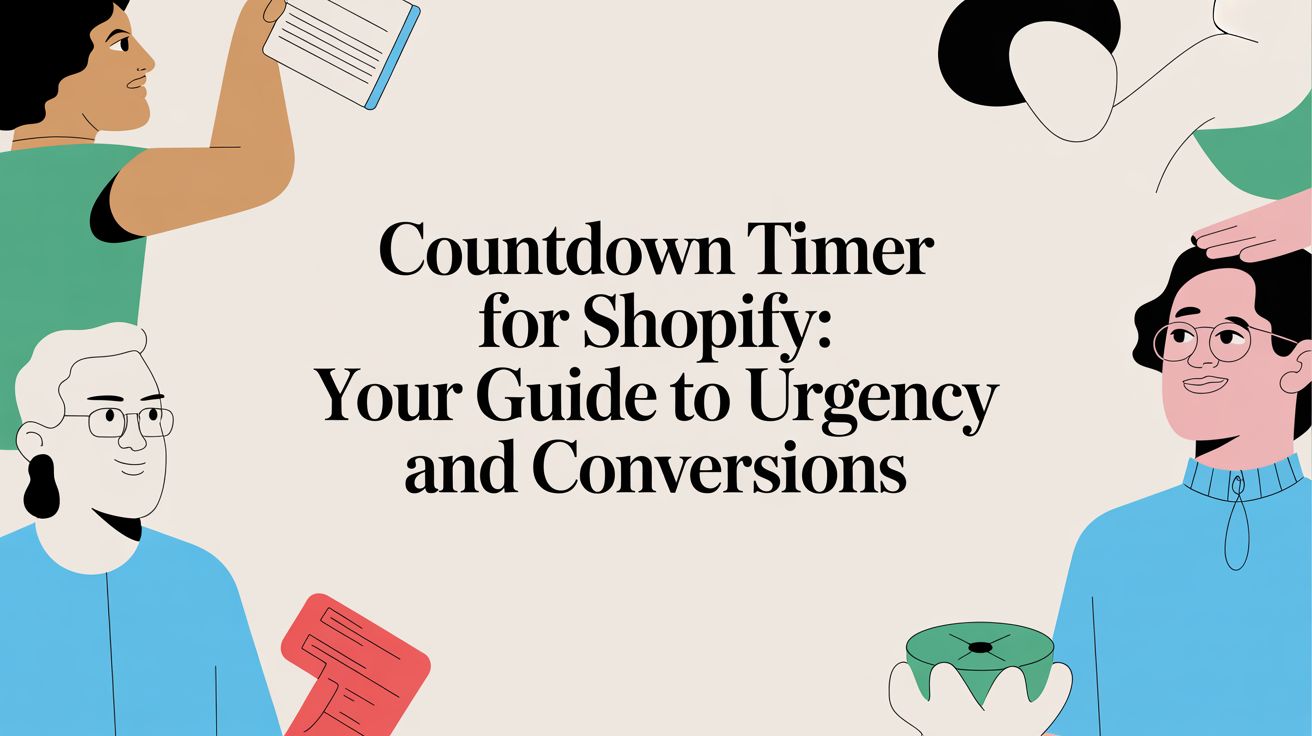
Checklist: Using psychology to better serve consumers

Every well-established company knows the importance of having a strong brand strategy. Outlining your mission and having pillars to look back on is critical to meeting your goals.
But how often are you prioritizing brain science as a guiding principle for your brand’s success? A successful brand strategy isn’t just made up of goals and metrics. It can also be measured by your success with consumer psychology. After all, the better you understand how your customers think, the greater your ability to serve them — and to do so well.
To help ensure your implementation of consumer psychology is up to par, we’ve compiled a list of four questions, inspired by past conversations with top consumer psychologists.
Using consumer psychology to better serve your customers
1. Are you enhancing value?
Before consumers decide on a brand or a product, they must first determine its value. And perceiving something as valuable has a lot less to do with the actual merit of a brand or product and more to do with how consumers feel. This concept is known as customer perceived value, and if a business can create it, positive responses from consumers can result.
Dr. Paul Burke, a marketing professor at the University of Technology Sydney (UTS) Australia, spoke to us about how brands can create value for consumers. He says it’s often achieved by catering to two consumer needs: consumer rationality and consumer emotions.
Products that are perceived as rational purchases often have the right specifications, save time, are more convenient than other items and are within a consumer’s price range. Products that appeal to consumer emotions make consumers feel loved, secure, powerful and prestige.
Focusing your attention on how your brand fits with the experiences and lifestyles of your customers can help. You can do this by curating content that resonates with your customers and by utilizing the brand advocates or influencers who support your company.
2. Are you keeping things simple?
When it comes to the consumer experience, simple is best.
Customers have a lot on their plate, and when they’re looking to marketers to solve their pain points, they want that experience to be as simple as possible.
Consumer behavior expert Colleen Kirk, D.P.S., Associate Professor of Management and Marketing Studies at New York Institute of Technology, explained that there are a few reasons consumers feel this way:
- The easier something is to do, the smarter consumers feel.
- Simple choices aren’t as overwhelming.
- When a choice is easy to make, consumers feel more confident in their decision.
And leveraging simplicity in your marketing campaigns doesn’t have to be difficult either. You can incorporate the psychology of simplicity using four tactics: compare and contrast, highlight key elements of your product, leverage social proof and implement personalization.
Keeping things simple for consumers is all about eliminating guesswork. The goal is to plainly showcase how your brand and its products will benefit consumers. What’s the essential information your customers need to know? That’s what you’ll want to lead with. Share how your brand is different from your competitors, the top benefits gained from your products, how others feel about your brand and the personalized value they’ll get from engaging with you.
3. Are you aligning with your customers?
Dr. Banwari Mittal, a marketing professor at Northern Kentucky University and author of "Consumer Psychology: A Modernistic Explanation," shared that consumers make sense of a brand by comparing how the company ranks against their expectations.
For some consumers, those expectations must match personal preferences. Does your brand align with your customers' sense of self? Can they see others like them interacting with you? How will their shopping behaviors line up with your products? If the answers to these questions are positive, it becomes that much easier for consumers to see your brand’s relevance in their life.
Ultimately, consumers are looking for confirmation that your brand is the right one for them. Consumers have an innate desire for belonging, which often shows up in how they interact with brands. Having a brand identity that pairs well with the identities of your customers gives them a better sense of how your brand matches their lifestyle.
4. Are you aware of customer influences?
Understanding consumer behavior starts by understanding consumer influences and how you can interact with them.
Every action a consumer takes is influenced by psychological responses. John F. Tholen, PhD, author of "Focused Positivity: The Path to Success and Peace of Mind," spoke to us about five major influences on consumer behavior:
- Discretionary income: How much money do I/we have in comparison to my/our necessary expenditures?
- Future financial prospects: How much additional money do I/we expect to receive before credit payments are due?
- Future values and costs: How much is this product or service likely to cost next month?
- Likelihood of future product/service payoff: How much is this purchase likely to enhance my quality of life?
- The product’s ability to fulfill psychological needs: How strong is my need for the attention/approval of others and how likely is this product or service to fulfill that need?
With so many influences on consumer behavior, how can you lessen the outside noise and help consumers make the best decisions? Persuasion.
Andres Lares, co-author of "Persuade" and Managing Partner at Shapiro Negotiations Institute, a negotiation training consulting firm, gave us a four-step outline for ethical persuasion you can implement into your marketing strategies. The outline includes: build credibility, engage consumer emotions, use logic and facilitate action.
Using this consumer psychology checklist will help you stay on track and ensure consumers’ psychological needs are met. Refer to the questions above as a benchmark for your success.

Lindsay Keener is a brand journalist for Quikly. She covers stories that help to inform and educate consumer-facing marketers.

